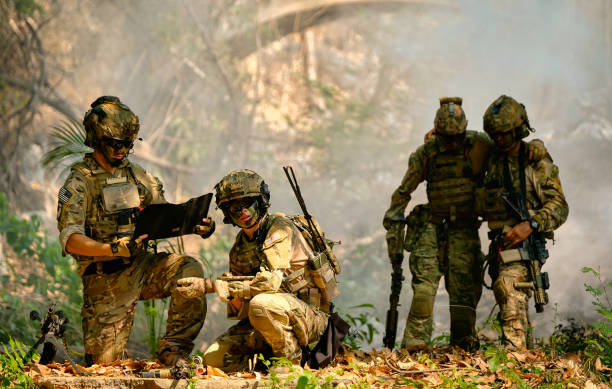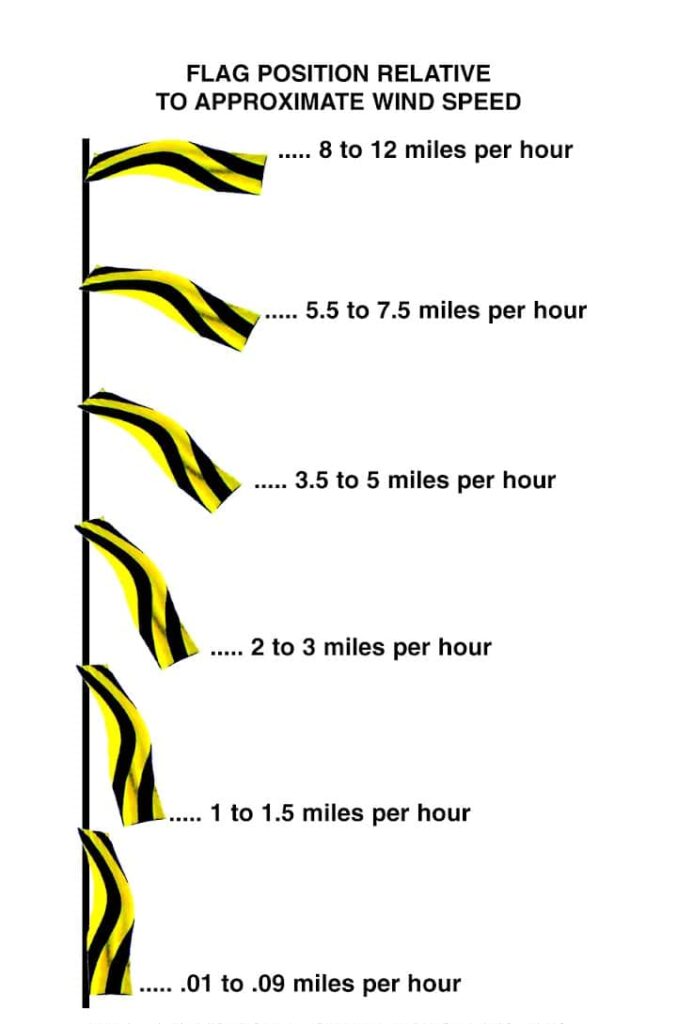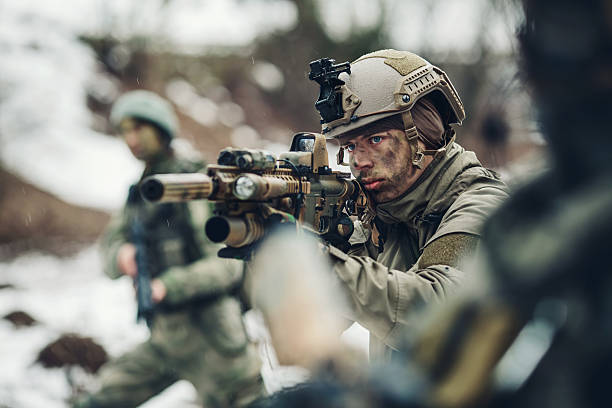Military Exercises
Wind Direction and Speed Monitoring:
Wind Tracker™ Windsocks provide real-time visual indicators of wind direction and speed, essential for planning and executing military exercises. Accurate wind information is critical for various activities, including artillery firing, vehicle maneuvering, and personnel deployment, ensuring operational effectiveness and safety.

Aerial Operations Coordination:
Military exercises often involve a variety of aerial operations, such as parachute jumps, helicopter landings, and UAV (Unmanned Aerial Vehicle) flights. Windsocks help pilots and operators assess wind conditions to determine optimal flight paths, approach angles, and landing zones, minimizing risks and enhancing mission success.
Artillery and Ballistic Accuracy:
Wind direction and speed significantly impact the accuracy of artillery and ballistic projectiles. By observing windsocks, artillery crews can adjust their firing calculations to account for wind effects, improving targeting precision and reducing the risk of collateral damage during exercises.

Chemical, Biological, Radiological, and Nuclear (CBRN) Defense:
Wind Tracker™ Windsocks are crucial for CBRN defense training exercises. In scenarios involving the simulated release of hazardous materials, windsocks provide immediate information on how these substances would disperse, allowing military personnel to plan protective measures, evacuation routes, and decontamination procedures effectively.
Tactical Decision Making:
Wind Tracker™ Windsocks support tactical decision-making by providing commanders with essential wind data. Understanding wind conditions helps in planning troop movements, positioning of forces, and selection of tactical approaches. This ensures that operations are conducted under the most favorable conditions, reducing vulnerability and enhancing combat effectiveness.
Fire Safety and Management:
Military exercises often involve live-fire training, which poses fire risks. Windsocks help in monitoring wind conditions that influence the spread of fire and smoke. This information is vital for implementing fire control measures, positioning firefighting resources, and ensuring the safety of personnel and equipment.
Parachute Deployment Safety:
Wind Tracker™ Windsocks are indispensable for parachute deployment exercises. Accurate wind data ensures that parachutists can be safely deployed and that their landing zones are selected to minimize drift and potential injuries. This is particularly important in high-wind or variable-wind conditions where parachutists’ safety is a primary concern.
Communication and Coordination:
Wind Tracker™ Windsocks provide a common visual reference for wind conditions, facilitating communication and coordination among various units participating in military exercises. This shared information helps synchronize actions, maintain operational coherence, and ensure that all units are aware of environmental factors that may impact their operations.

Training Realism and Preparedness:
Using windsocks enhances the realism of military training exercises by replicating the environmental conditions that soldiers may encounter in actual combat scenarios. This prepares military personnel to operate effectively under varying wind conditions, improving their readiness and adaptability in real-world missions.
Safety and Risk Management:
Overall, windsocks contribute significantly to safety and risk management during military exercises. By providing continuous wind data, they enable the identification and mitigation of hazards related to wind effects, ensuring that exercises are conducted safely and that risks to personnel and equipment are minimized.
Wind Tracker™ windsocks are a necessary tool for military exercises due to their essential role in monitoring wind direction and speed, coordinating aerial operations, enhancing artillery accuracy, supporting CBRN defense, aiding tactical decision-making, managing fire safety, ensuring parachute deployment safety, facilitating communication and coordination, enhancing training realism, and contributing to overall safety and risk management. Windsocks provide critical environmental data that enhance the effectiveness, safety, and realism of military training activities.
